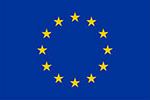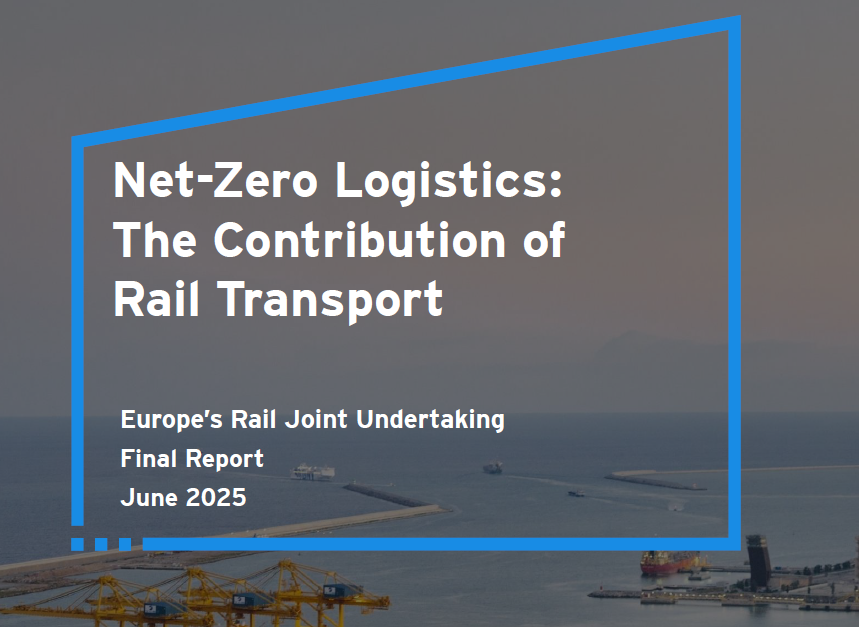Europe must take decisive steps to simplify and modernise its rail systems to strengthen competitiveness,...
D6.3 – REQUIREMENTS AND INTERFACE DESIGN FOR TMS-PIS
Output type:
Deliverable 6.3 reports on the requirements and design for the interface between Traffic Management Systems (TMS) and Passenger Information Systems (PIS) in WP6 of the EU-Rail FP6 FutuRe project. The interface will be demonstrated using a PIS developed in FP6 WP6 and a TMS developed in the FP1 MOTIONAL project. The aim of the interface is twofold: On the one hand the interface facilitates to provide demand forecast data for train services from a PIS to a TMS so that on TMS side short-term traffic control actions can be taken and long-term replanning decisions can be made; on the other hand, the interface enables the TMS to send information about timetable updates via the interface to the PIS so that travellers can be informed in real time about changes impacting their journeys. The TMS-PIS interface is specified based on four use cases. Three use cases are concerned with transferring demand forecast data for regional train services from a PIS to a TMS. The demand forecast data is calculated within FP6 WP6 by an analytics component of the PIS. The demand forecasts cover (1) the number of passengers between two stations within a defined time window, (2) the number of passengers on a train between subsequent stops, and (3) the number of passenger alighting/boarding at a given station of a train service. On TMS side, the forecast data are processed and used for supporting Traffic Controllers in case of short-term demand forecasts for the next hours and Timetable/Traffic Planners in case of long-term demand forecasts for the next days. A fourth use case describes timetable updates on TMS side, such as delayed departure times or platform changes, that are transferred to the PIS.
















